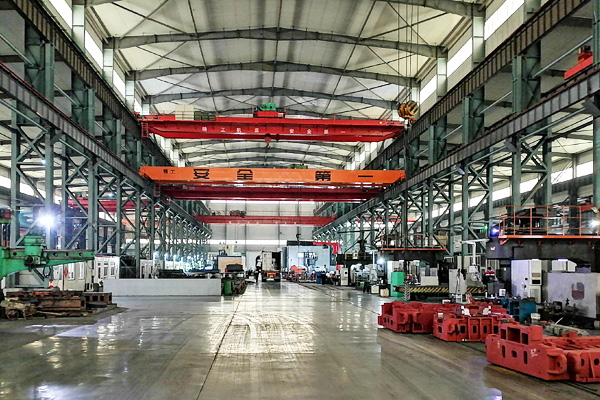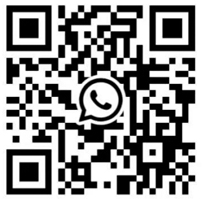Product Details
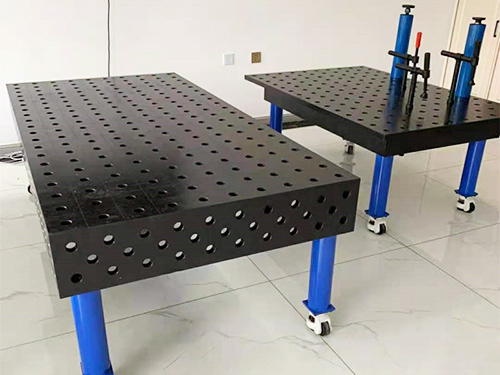






Welding Table CAD Compatibility
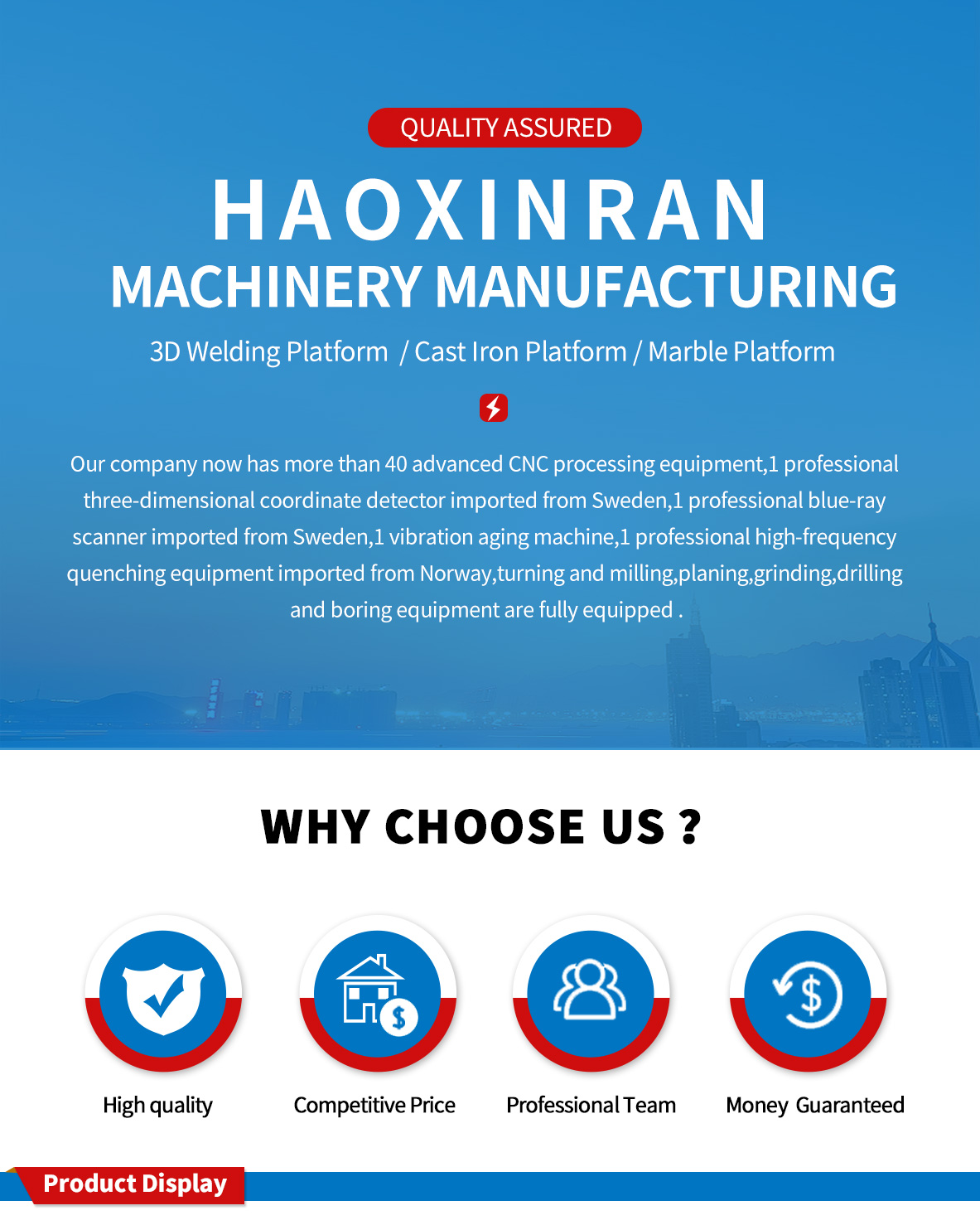
Welding table CAD compatibility refers to the ability of a welding table's design and related technical drawings to be used and manipulated in various Computer - Aided Design (CAD) software applications. Here are the key aspects related to it:
File Formats
Common CAD File Formats: Welding table designs are often saved in standard CAD file formats such as DWG (Drawing), DXF (Drawing Exchange Format), and STEP (Standard for the Exchange of Product model data). These formats are widely supported by different CAD software, enabling easy sharing and editing of the welding table design. For example, a manufacturer might design a welding table in AutoCAD and save it as a DWG file, which can then be opened and modified in other CAD programs that support the DWG format.
Import and Export Capabilities: CAD - compatible welding tables should be able to import and export files in multiple formats. This allows designers to start with a basic design in one software and then transfer it to another for further refinement or to meet specific manufacturing requirements. For instance, a 3D model of a welding table created in SolidWorks can be exported as an STL (Stereolithography) file and imported into a 3D printing software for prototyping.
Software Compatibility
Popular CAD Software: Welding table designs need to be compatible with popular CAD software used in the manufacturing and engineering industries. This includes software like AutoCAD, SolidWorks, Inventor, and CATIA. Designers often use these software applications to create detailed 2D and 3D models of welding tables, analyze their structural integrity, and simulate welding processes. If a welding table design is not compatible with these widely - used software, it can limit the design and manufacturing options.
Customization and Plugin Support: Some CAD software allows for customization through plugins and add - ons. Welding table manufacturers may develop their own plugins to enhance the design process. For example, a plugin could be developed to automatically generate the necessary holes and slots for clamping fixtures on the welding table based on specific welding requirements. Compatibility with such customization features ensures that the CAD software can be tailored to meet the unique needs of welding table design and production.
Design Features and Constraints
Accuracy and Precision: CAD - compatible welding table designs must maintain a high level of accuracy and precision. The dimensions and tolerances of the table should be accurately represented in the CAD model to ensure that the physical table meets the required specifications. This is crucial for ensuring proper fit - up of workpieces and the effectiveness of welding operations. For example, if the holes on the welding table for mounting fixtures are not accurately modeled in CAD, the fixtures may not fit properly, leading to inaccurate welding positions.
Assembly and Disassembly Modeling: Welding tables often consist of multiple components that need to be assembled and disassembled for maintenance and transportation. CAD - compatible designs should allow for easy modeling of the assembly and disassembly processes. This helps in visualizing how the different parts of the welding table fit together and in identifying any potential interference issues. Designers can use CAD software to simulate the assembly sequence and make adjustments to the design if necessary.
Data Exchange and Collaboration
Team Collaboration: In a manufacturing environment, multiple teams are often involved in the design and production of welding tables. CAD compatibility enables seamless collaboration between different departments, such as design, engineering, and manufacturing. Team members can share and update the CAD models in real - time, ensuring that everyone is working with the most up - to - date information. For example, the design team can update the CAD model with the latest changes, and the manufacturing team can immediately access the updated model to plan for production.
Supplier and Customer Communication: When working with suppliers and customers, CAD - compatible welding table designs allow for easy communication of design details. Suppliers can receive the CAD models of the welding table components and use them for manufacturing the parts accurately. Customers can also review the CAD models to ensure that the welding table meets their specific requirements before placing an order. This helps in reducing errors and misunderstandings in the design and production process.
| D28 Welding Table Quotation List | |||||||
| specifications ( mm) | leg of a table | weight (kg) | Material model | ||||
| 1000*800*200 | 4 | 240 | 2D D28 SteelSeries |
3D D28 Cast Iron Series |
3D cast ironnitriding series | 3D Steel Series | 3D Steel Nitriding Series |
| 1000*1000*200 | 4 | 280 | |||||
| 1200*800*200 | 4 | 280 | |||||
| 1200*1000*200 | 4 | 330 | |||||
| 1200*1200*200 | 4 | 380 | |||||
| 1500*1000*200 | 4 | 380 | |||||
| 1500*1500*200 | 4 | 600 | |||||
| 2000*1000*200 | 4 | 500 | |||||
| 2000*1500*200 | 4 | 750 | |||||
| 2000*2000*200 | 5 | 1100 | |||||
| 2400*1200*200 | 6 | 750 | |||||
| 2500*1500*200 | 6 | 950 | |||||
| 2500*2000*200 | 8 | 1250 | |||||
| 3000*1000*200 | 6 | 800 | |||||
| 3000*1500*200 | 6 | 1100 | |||||
| 3000*2000*200 | 8 | 1500 | |||||
| 3000*2500*200 | 8 | 2000 | |||||
| 3000*3000*200 | 10 | 2500 | |||||
| 4000*1000*200 | 6 | 1100 | |||||
| 4000*2000*200 | 8 | 2100 | |||||
| 5000*2000*200 | 10 | 2700 | |||||
| 6000*2000*200 | 14 | 3500 | |||||
| D16 Welding Table Quotation List | |||||||
| Material model | |||||||
| specifications ( mm) | leg of a table | weight (kg) | 2D Steel Series | 3D Cast Iron Series | 3D cast ironnitriding series | 3D Steel Series | 3D Steel Nitriding Series |
| 1000*1000*150 | 4 | 200 | |||||
| 1200*1000*150 | 4 | 250 | |||||
| 1500*1000*150 | 4 | 300 | |||||
| 2000*1000*150 | 6 | 400 | |||||
| 2400*1200*150 | 6 | 500 | |||||
| 3000*1500*150 | 6 | 800 | |||||
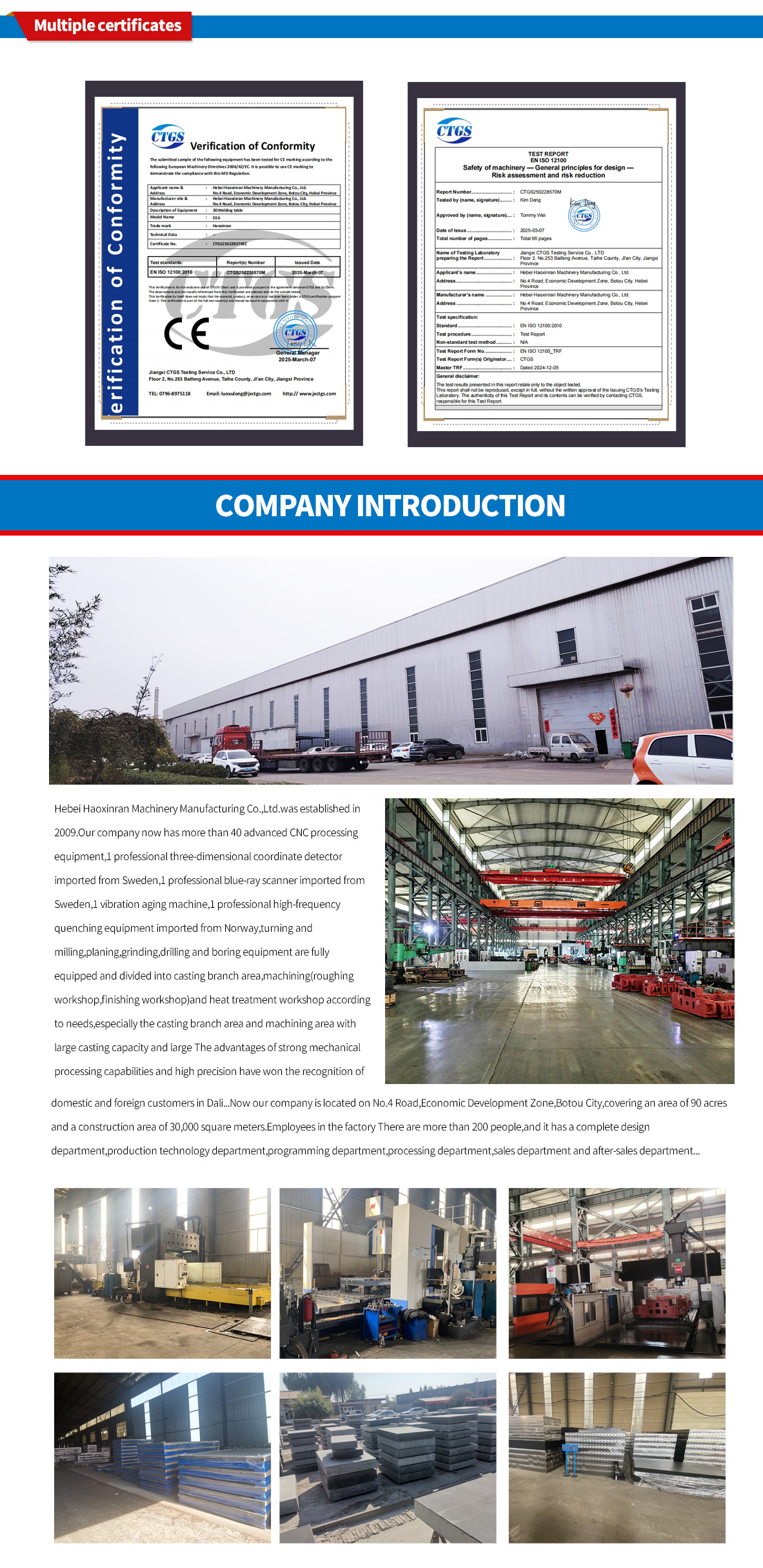
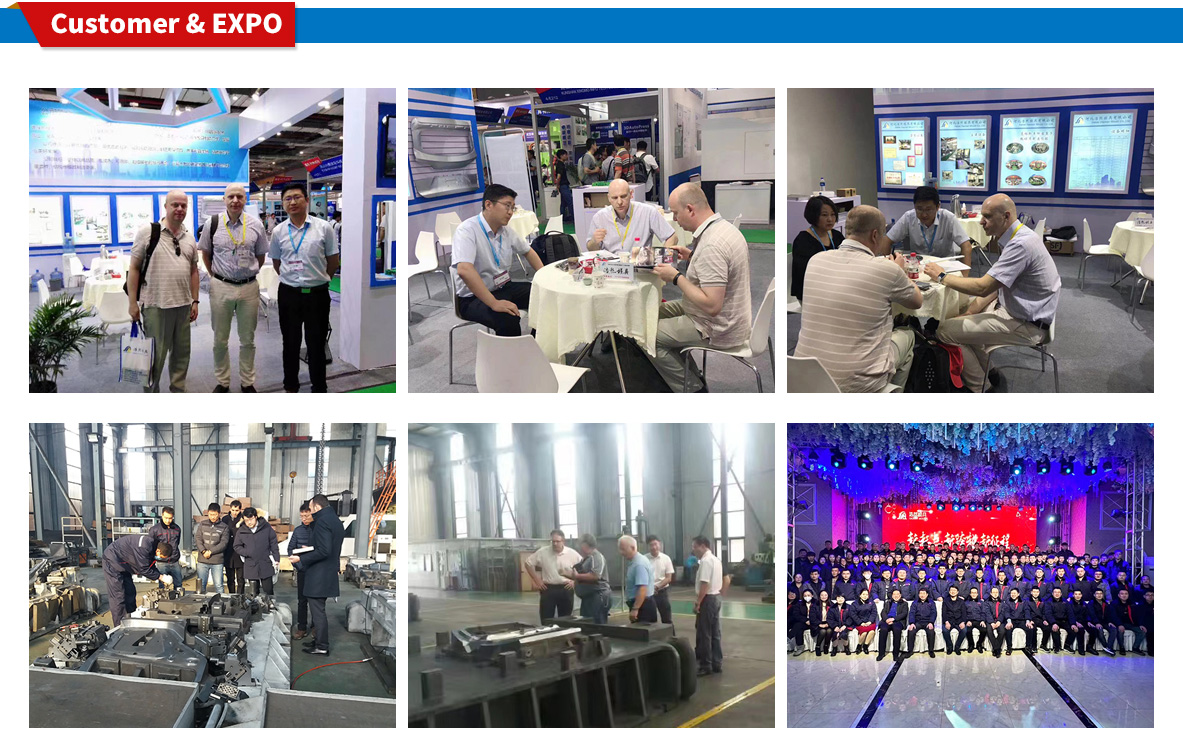
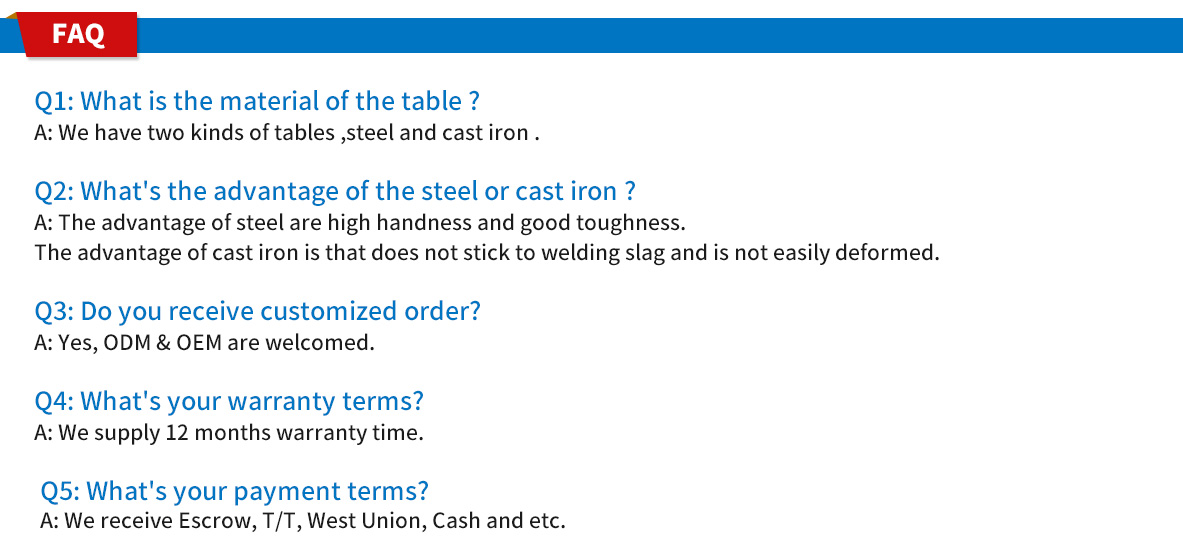
 HOT NEWS
HOT NEWS
-
How to Maintain Granite Platforms in Dusty Environments
2025-11-24 02:03:22
-
Modular Welding Tables: Boosting Accuracy and Efficiency in Fabrication
2025-11-21 12:25:54
-
Comprehensive Guide to Surface Treatment for Cast Iron Platforms
2025-11-18 12:25:34
-
Best Welding Table Options for Small Workshops
2025-11-15 10:33:25
-
Flexible Welding Tooling Solutions from China Manufacturer
2025-11-12 09:40:09
 CONTACT US
CONTACT US
—— E-mail:project@haoranmj.com
—— Whatsapp:+86 18932785670
—— Tel:+86 18932785670
—— Add:Across from Sanjing Distillery on Road 4, Botou Economic Development Zone, Cangzhou City, Hebei Province









